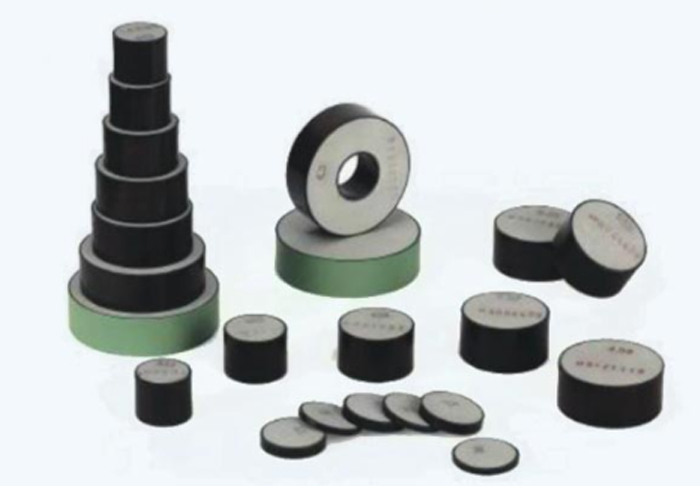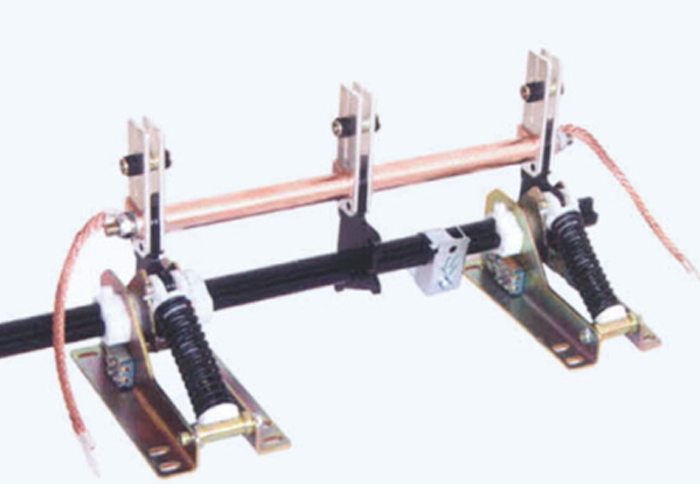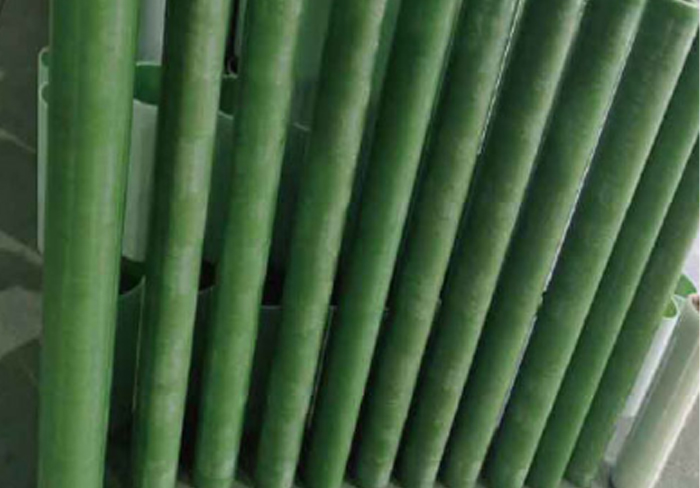In the intricate web of power transmission and distribution systems, high voltage insulators stand as silent guardians, playing a pivotal role in safeguarding against the peril of electrocution. These unassuming yet crucial components are designed with a set of features and functions that effectively block the flow of electric current from reaching where it shouldn't, ensuring the safety of both the electrical infrastructure and the public.

Physical Barrier Against Current Flow
At the most fundamental level, high voltage insulators act as a physical barrier between live electrical conductors and any potential paths to ground or other conductive elements. They are positioned between the high - voltage wires, which carry extremely large amounts of electrical energy, and the supporting structures such as transmission towers, poles, or any metal components that could potentially come into contact with people or other objects.
For instance, in overhead power lines, glass, porcelain, or composite insulators are used to hold the high - voltage conductors in place. These insulators are made of materials with high electrical resistance. Glass insulators, for example, have an electrical resistance of approximately 500 to 1000 kv per centimeter. This high resistance makes it extremely difficult for electric current to pass through the insulator material. As a result, the current is forced to remain within the intended path of the conductors, rather than escaping and causing electrocution hazards.
Isolation in Different Environments
High voltage insulators are designed to maintain their insulating properties in various environmental conditions. Whether it's the harsh outdoor elements like rain, snow, strong winds, and extreme temperatures, or the industrial settings with potential chemical contaminants, insulators must remain effective.
Porcelain insulators, which are widely used in many high - voltage applications, have a glazed surface. This glaze not only provides a smooth finish but also serves to prevent the accumulation of contaminants such as dust, moisture, and chemicals on the insulator's surface. In a polluted environment, these contaminants could otherwise form conductive paths, allowing current to leak and potentially cause electrocution. The glaze on porcelain insulators helps to maintain a high - resistance barrier between the live conductors and the surrounding environment.
Composite insulators, on the other hand, are made of polymer materials that are inherently resistant to environmental degradation. They are lightweight, have high mechanical strength, and are less affected by weather conditions compared to some traditional insulators. Their ability to maintain their insulating properties in different environments ensures that the risk of electrocution due to environmental factors is minimized.
Protection Against Induced Currents
Another important aspect of how high voltage insulators prevent electrocution is by protecting against induced currents. In electrical systems, changes in magnetic fields can induce electrical currents in nearby conductors. High voltage insulators are designed to prevent these induced currents from creating dangerous situations.
For example, in substations where there are large transformers and other electrical equipment with powerful magnetic fields, insulators are used to isolate the various components. These insulators prevent the induced currents from flowing into areas where they could pose a threat to human safety or damage other equipment. By blocking the flow of induced currents, high voltage insulators contribute to the overall safety and stability of the electrical system.
Standardized Design and Installation
High voltage insulators are designed and installed according to strict industry standards. These standards ensure that the insulators have the appropriate electrical, mechanical, and environmental performance characteristics.
The design of insulators takes into account factors such as the maximum voltage they need to withstand, the mechanical stress they will be subjected to (such as the weight of the conductors and wind loads), and the environmental conditions of the installation site. During installation, proper procedures are followed to ensure that the insulators are correctly positioned and secured. This standardized approach to design and installation helps to guarantee that high voltage insulators can effectively prevent electrocution, as any deviation from the standards could compromise their performance.
In conclusion, high voltage insulators prevent electrocution through a combination of acting as physical barriers, maintaining their insulating properties in different environments, protecting against induced currents, and being designed and installed according to strict standards. Their importance in electrical safety cannot be overstated, as they are essential for the reliable and safe operation of power systems that power our modern lives.

 EN
EN



